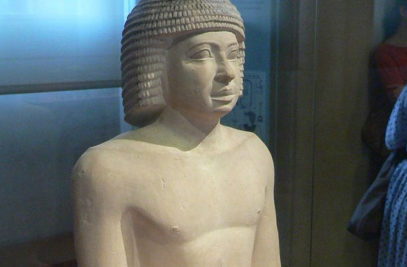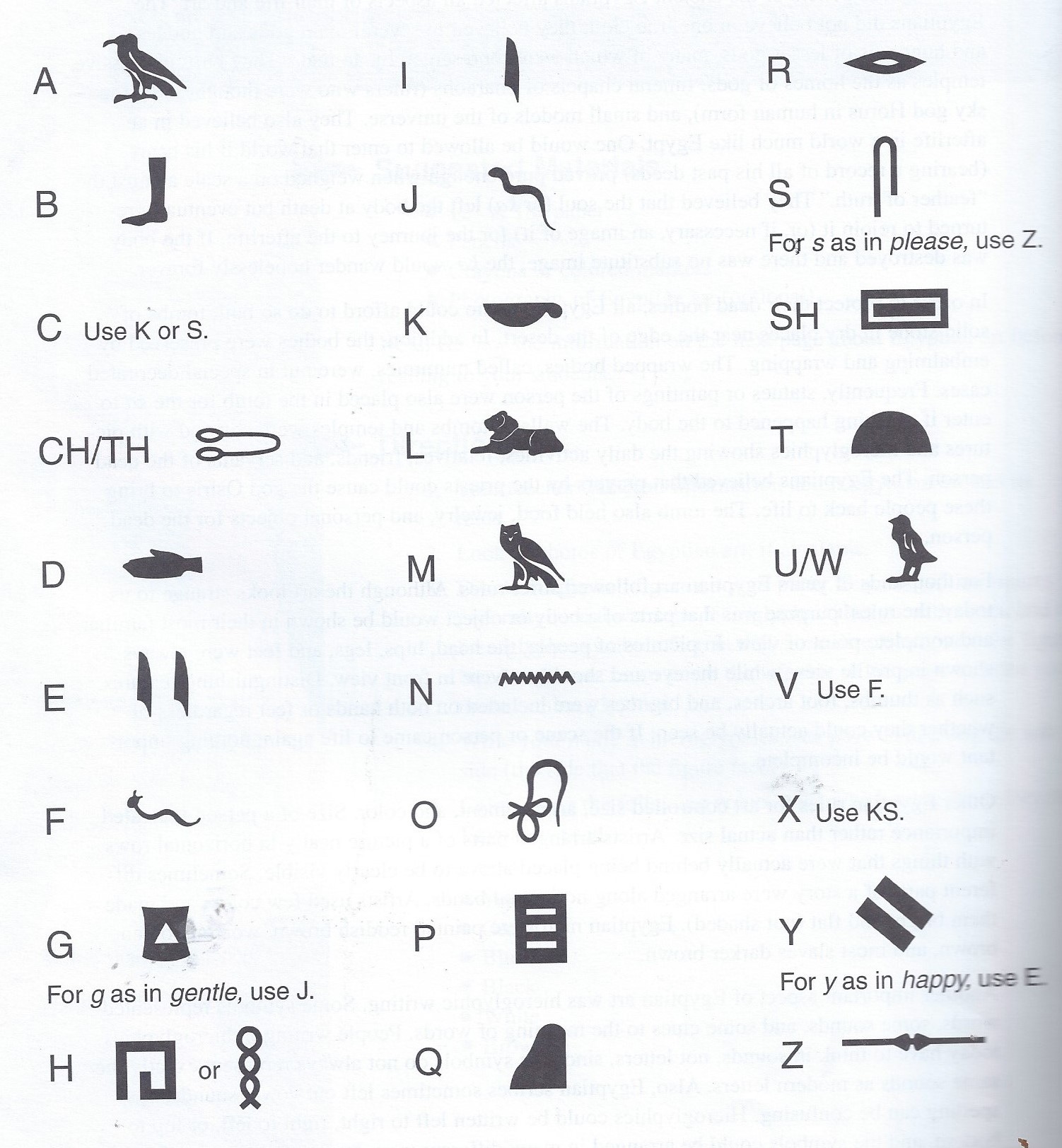

Heliopolis was the location of her principal sanctuary. One prince of the Fourth Dynasty, Wep-em-nefret, is noted as the Overseer of the Royal Scribes, Priest of Seshat on a slab stela. "Mistress of the House of Books" is another title for Seshat, being the deity whose priests oversaw the library in which scrolls of the most important knowledge were assembled and spells were preserved. It was she whom recorded, by notching her palm, the time allotted to the pharaoh for his stay on earth. During the New Kingdom, she was involved in the Sed festival held by the pharaohs, who could celebrate thirty years of reign, recording the regnal years of the king and his jubilees on leaves of the ished or persea tree. She also was responsible for recording the speeches the pharaoh made during the crowning-ceremony and approving the inventory of foreign captives and goods gained in military campaigns. The priestess who officiated at these functions in her name also oversaw the staff of others who performed similar duties and were trained in mathematics and the related store of knowledge. Her skills were necessary for surveying the land, to re-establish boundary-lines after the annual floods. She was also the "mistress of builders", and laid the plans for the construction and expansion of sacred sites such as temples. This ritual is related to laying out the foundations of temples and other important structures in order to determine and assure the sacred alignments and the precision of the dimensions. Seshat assisted the pharaoh in the "stretching the cord" ritual. Roles Īs the divine measurer and scribe, Seshat was believed to appear to assist the pharaoh in both of these practises. Seshat is attested from the Second Dynasty, where she assists King Khasekhemwy with the " stretching the cord" ritual. She also became identified as the goddess of sciences, accounting, architecture, astronomy, astrology, building, mathematics, and surveying. She was seen as a scribe and record keeper her name means "female scribe". Ours (now a teacher!) when she was in Mr.Seshat ( Ancient Egyptian: sš3t, under various spellings ) was the ancient Egyptian goddess of writing, wisdom, and knowledge. This made sure they wouldĪncient Egypt for Kids Geography, History, GovernmentĪncient Egypt - An Original Story written by a former student of Doing good deeds kept their hearts light. They had done, and their many achievements, to prove the many good deeds they

Make sure they had records of everything, especially records of the good deeds The tape recorder, they still would have written things down. Even if the ancient Egyptians had invented the camera or Obelisks, pyramids, tombs, coffins, sarcophagi, statues, walls of their homes,Īnd papyrus scrolls. Scribes were busy, but they also lived very good lives, There was tremendous prestige attached to being a

Those who passed, whatever their prior background, were in highĭemand. Students passed the exam unless they had prior training, but all This elite group if they could pass the test. Where the ability to write had been passed down from father to There were powerful scribe families in ancient Egypt Houses of Life in every major city in ancient Egypt. Written spell that you could purchase in the marketplace. Scribes also wrote the Book of the Dead, which was not a book,īut was a collection of single pieces of papyrus, each with a Coffin texts are spells written on coffins. Over a thousand different coffin texts have been discovered byĪrchaeologists. Life of Egyptians citizens, scribes also wrote coffin texts. What did the ancient Egyptians use for paper?īesides the need for lists in government and in the daily From the writings we have found, we have learned a great deal about these ancient people, including their love of written lists! In ancient Egypt, everything was written down. Scribes were the people in ancient Egypt who wrote thingsĭown.


 0 kommentar(er)
0 kommentar(er)
